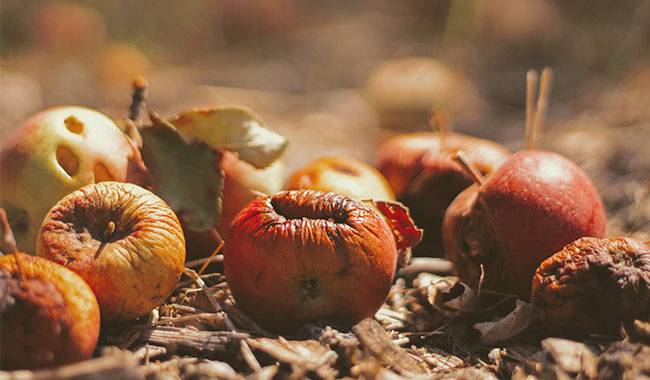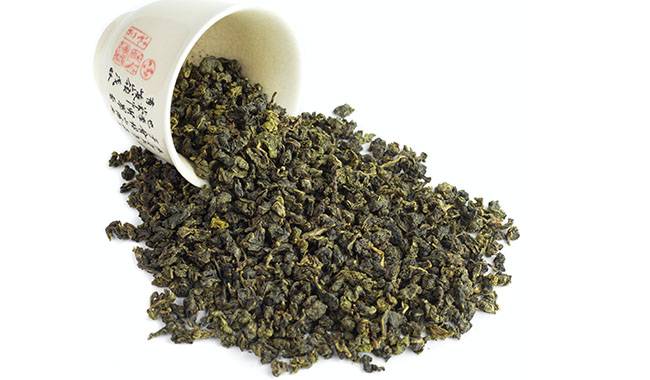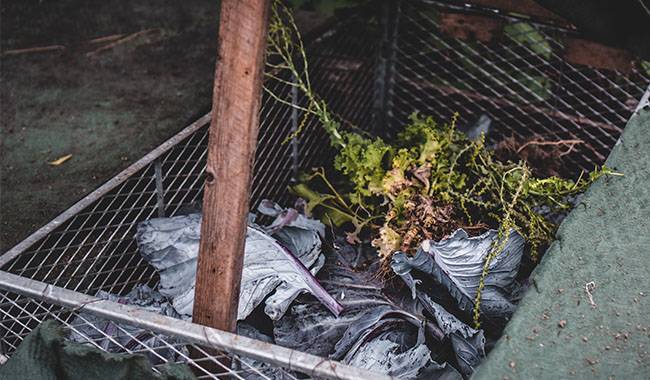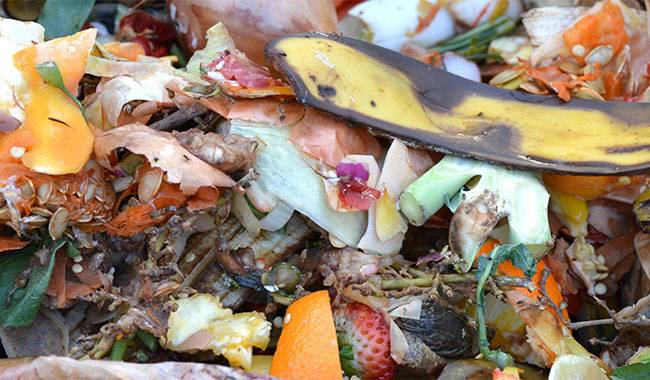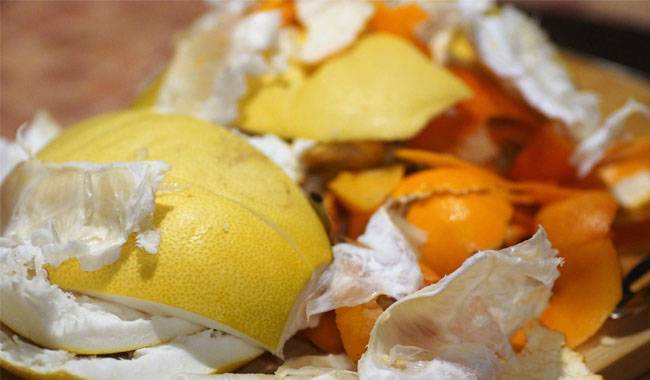
Creating compost, while not the most complicated, is an art. To produce high-quality organic compost, you don’t just need to collect plant material and other ingredients from wherever you can find them. You also need to follow a process that allows waste to burn and mature into the best (and most abundant) organic compost for your garden. But it’s not just the actual composting process that can cause unexpected difficulties. Figuring out when your long-awaited compost is finally ready isn’t easy. Especially if you lack experience. However, there are some telltale signs of change that tell you that your compost pile is in tip-top shape.
The readiness of a compost pile for use cannot be determined at a glance, nor can it be determined by a certain date. There are dozens of different factors that influence the maturation process, from the composition of the compost itself to the weather. In individual cases, it is not always easy to tell if compost is fully mature enough to be used in your own ornamental garden and vegetable garden. You should never rely on just one factor. If the compost is completely ready for direct use, several important criteria distinguish between a decomposed compost pile and an immature compost pile.
Symptoms – Plant residues in the compost are no longer visible
Compost is ready for use if you can no longer tell by looking at it what you put in the compost pit and what “layers” it has. Instead, the compost has a uniform texture and becomes a “whole” fertilizer in which there are no longer leafy fragments of other materials that can‘t be distinguished.
The hallmark – the odor
Compared to fresh compost, finished compost smells pleasant. During excavation, the compost pit can hardly be called an aromatic object, which is mainly why it is recommended to place the compost on the periphery of the plot. However, once the compost is ready for use and has been well composted, it will produce a pleasant forest aroma. In short, the finished compost should not have an unpleasant odor. It should change dramatically for the better.
Features – Residue-Free Screening
If you are still in doubt as to whether your compost is ready for direct use, sift a small amount of compost. This will create a fine crumb in the finished compost. However, if it is still immature, you will notice this by the texture of the residue and may not be able to grind it through a sieve.
The hallmark – no worms
During the decomposition process at higher temperatures, the heat (and easily available nutrients) attracts many worms to the compost pile. These worms play an important role in making this organic fertilizer. However, if you can judge the quality of decomposition by how many worms are in the compost pit at the beginning, once the compost decomposes, you should not find any worms at all. Complete composting means that there is no undecomposed plant debris that worms will convert into humus. Therefore, there is no need to keep these largely unappreciated creatures in our gardens in the compost pit. Once the worms leave your compost pile, start using it.
More related information about compost




